Good data opens our mind to connect interesting dots for sparking ideas; good logic brings us lucid light to in-depth understanding & problem-solving.
In fact, we are slowly, but steadily stepping into the hyperconnected and interdependent digital era in which there’s delicate balance of old wisdom and new experience; laissez-faire individualism and harmonized collectivism; intuitive quick logic and deep analysis, customized specialization and universal abstraction, etc. There are varying threads weaving our digital world to keep it fully functioning as an engine of change and force of progression with abundant data mining and seamless integration.
Debunk the myth of big data and explore the logic of modern complexities: Modern businesses are systems inundated with overwhelming growth of information, the component parts of a system can best be understood in the context of relationships with each other and with other systems, rather than in isolation. Big Data myth can be untangled and perceive it from a different angle, and nonlinear business logic can only be unpuzzled via the structuralism of systems understanding. Both logical thinking and data-based decision-making are neither linear nor single dimensional, only understand it through multiple views, from top-down, bottom up, middle out, and outside-in, you can understand them thoroughly and use them appropriately.
By its nature, data is simple, random and unorganized information. Logic could be fuzzy, confused, or linear, all of which cause the pain of undesired effect and lead to unnecessary complication or overly simplified conventional problem-solving. Oftentimes, misperception or misinterpretation of the issue is caused by misinformation, pre-conceptual judgment, random assumptions, or simply lack of deeper understanding. Data is raw, unorganized facts that need to be processed, logic is the hidden clue that needs to be clarified. To debunk the myth of big data and explore the logic of modern complexities, identify data quality issues input points by pondering: “where are the biggest problems and focus on real problems, not on subjective feelings”? Streamline the business logic sequence and consequence by dispassionately taking “cause-effect” analysis and synthesis.
Follow the old wisdom: "Quality has to be designed in, not inspected out": Big Data, quality data, quality is not equal to perfect, but good enough data to transform into business information and insight for capturing the trend and business insight. Inference or deference, the quality of logic depends on their fluency and effectiveness of decision-making. Good quality data, either big, wide, or deep, helps to clear logic behind the scene or broadening & deepens understanding of issues systematically. Data can be accurate, consistent, timely; logic should be clarified, cohesive and persuasive; data can be shared among many different business groups, it can be transformed, aggregated, derived for various business needs, each with possibly their own views on what the expected definition and quality of the data should be. Logic could be perceived from different angles, but more importantly, needs to be proven, abstracted to a certain level; to unify diverse viewpoints and steer the teams or the organization in the right direction for moving forward.
Technically, by “quality data” –it means clean, organized, actionable data from which to extract relevant information and insight. To get this data, you need to have deep domain expertise in the acquisition, collection, management and delivery of structured and unstructured data. Quality is not equal to perfect, but good enough data to transform into business information and insight for capturing the trend or optimizing manageability; or clear logic to solve prioritized problems effectively. The "big data" realm is not about unstructured data, but about harnessing largesse and being adaptive enough to respond to change; the “logical reasoning” is not about getting addicted to the serendipity,” but about defining common principles & language, generalizing or specializing accordingly to drive change proactively.
Good data mining tools to analyze and integrate “big data”; good logic framework to decompose and structure “multipath-logic”: Business operates in the real world, and the real world is muddy and chaotic. Organizations need tools that deal with muddy and chaotic data, not a focus on making the data adapt to somewhat weaker tools. They also need the platform-sorts of solutions to decomplex existing large-scale problems or emerging business properties. Analysis breaks things down, and integration binds things up. By analysis, you are diving into the necessary details to “know-how,” by not too trivial and gettinglost; by integrating, you are opening up cross-disciplined dialogs, creating a case where you force an organizational alignment to the integration to maximize the value from existing systems and the need for better business performance, responsiveness and maturity.
The right information minding tools are effective for businesses to gather, process, refine data, and take a proper evaluation of the cost of each data cleaning/refinery effort in order to capture hindsight for lessons learned; insight for taking smart actions; and foresight for shaping the future together. The good data analysis tools today are lightweight, but smarter, helping you navigate through “what, how, where,” about data mining to get the proper result: For example, after clarifying “what” is, say, digging into “how many types of data are you gathering /generating/creating / capturing as inputs for your organization? “Whether the present inputs (if any) are sufficient for the business goals/aims?” The good logic framework is not just for constraints, but for highlighting steps and sequences of decision support and even provokes multiple creative scenarios to structural problem-solving.
Good data opens our mind to connect interesting dots for sparking ideas; good logic brings us lucid light to in-depth understanding. The point is knowing how to soundly extract information from the “right” data, to answer the “right” questions; or how to take logic as an “abstract” goods from mass of truth or false to frame the “right” questions; both are critical to come up with the right perspective in approaching problems deeply, and understanding things holistically, with the ultimate goals to handle conflicts thoughtfully, lubricate fricions and accelerate collective progress smoothly.
Debunk the myth of big data and explore the logic of modern complexities: Modern businesses are systems inundated with overwhelming growth of information, the component parts of a system can best be understood in the context of relationships with each other and with other systems, rather than in isolation. Big Data myth can be untangled and perceive it from a different angle, and nonlinear business logic can only be unpuzzled via the structuralism of systems understanding. Both logical thinking and data-based decision-making are neither linear nor single dimensional, only understand it through multiple views, from top-down, bottom up, middle out, and outside-in, you can understand them thoroughly and use them appropriately.
By its nature, data is simple, random and unorganized information. Logic could be fuzzy, confused, or linear, all of which cause the pain of undesired effect and lead to unnecessary complication or overly simplified conventional problem-solving. Oftentimes, misperception or misinterpretation of the issue is caused by misinformation, pre-conceptual judgment, random assumptions, or simply lack of deeper understanding. Data is raw, unorganized facts that need to be processed, logic is the hidden clue that needs to be clarified. To debunk the myth of big data and explore the logic of modern complexities, identify data quality issues input points by pondering: “where are the biggest problems and focus on real problems, not on subjective feelings”? Streamline the business logic sequence and consequence by dispassionately taking “cause-effect” analysis and synthesis.
Follow the old wisdom: "Quality has to be designed in, not inspected out": Big Data, quality data, quality is not equal to perfect, but good enough data to transform into business information and insight for capturing the trend and business insight. Inference or deference, the quality of logic depends on their fluency and effectiveness of decision-making. Good quality data, either big, wide, or deep, helps to clear logic behind the scene or broadening & deepens understanding of issues systematically. Data can be accurate, consistent, timely; logic should be clarified, cohesive and persuasive; data can be shared among many different business groups, it can be transformed, aggregated, derived for various business needs, each with possibly their own views on what the expected definition and quality of the data should be. Logic could be perceived from different angles, but more importantly, needs to be proven, abstracted to a certain level; to unify diverse viewpoints and steer the teams or the organization in the right direction for moving forward.
Technically, by “quality data” –it means clean, organized, actionable data from which to extract relevant information and insight. To get this data, you need to have deep domain expertise in the acquisition, collection, management and delivery of structured and unstructured data. Quality is not equal to perfect, but good enough data to transform into business information and insight for capturing the trend or optimizing manageability; or clear logic to solve prioritized problems effectively. The "big data" realm is not about unstructured data, but about harnessing largesse and being adaptive enough to respond to change; the “logical reasoning” is not about getting addicted to the serendipity,” but about defining common principles & language, generalizing or specializing accordingly to drive change proactively.
Good data mining tools to analyze and integrate “big data”; good logic framework to decompose and structure “multipath-logic”: Business operates in the real world, and the real world is muddy and chaotic. Organizations need tools that deal with muddy and chaotic data, not a focus on making the data adapt to somewhat weaker tools. They also need the platform-sorts of solutions to decomplex existing large-scale problems or emerging business properties. Analysis breaks things down, and integration binds things up. By analysis, you are diving into the necessary details to “know-how,” by not too trivial and gettinglost; by integrating, you are opening up cross-disciplined dialogs, creating a case where you force an organizational alignment to the integration to maximize the value from existing systems and the need for better business performance, responsiveness and maturity.
The right information minding tools are effective for businesses to gather, process, refine data, and take a proper evaluation of the cost of each data cleaning/refinery effort in order to capture hindsight for lessons learned; insight for taking smart actions; and foresight for shaping the future together. The good data analysis tools today are lightweight, but smarter, helping you navigate through “what, how, where,” about data mining to get the proper result: For example, after clarifying “what” is, say, digging into “how many types of data are you gathering /generating/creating / capturing as inputs for your organization? “Whether the present inputs (if any) are sufficient for the business goals/aims?” The good logic framework is not just for constraints, but for highlighting steps and sequences of decision support and even provokes multiple creative scenarios to structural problem-solving.
Good data opens our mind to connect interesting dots for sparking ideas; good logic brings us lucid light to in-depth understanding. The point is knowing how to soundly extract information from the “right” data, to answer the “right” questions; or how to take logic as an “abstract” goods from mass of truth or false to frame the “right” questions; both are critical to come up with the right perspective in approaching problems deeply, and understanding things holistically, with the ultimate goals to handle conflicts thoughtfully, lubricate fricions and accelerate collective progress smoothly.


















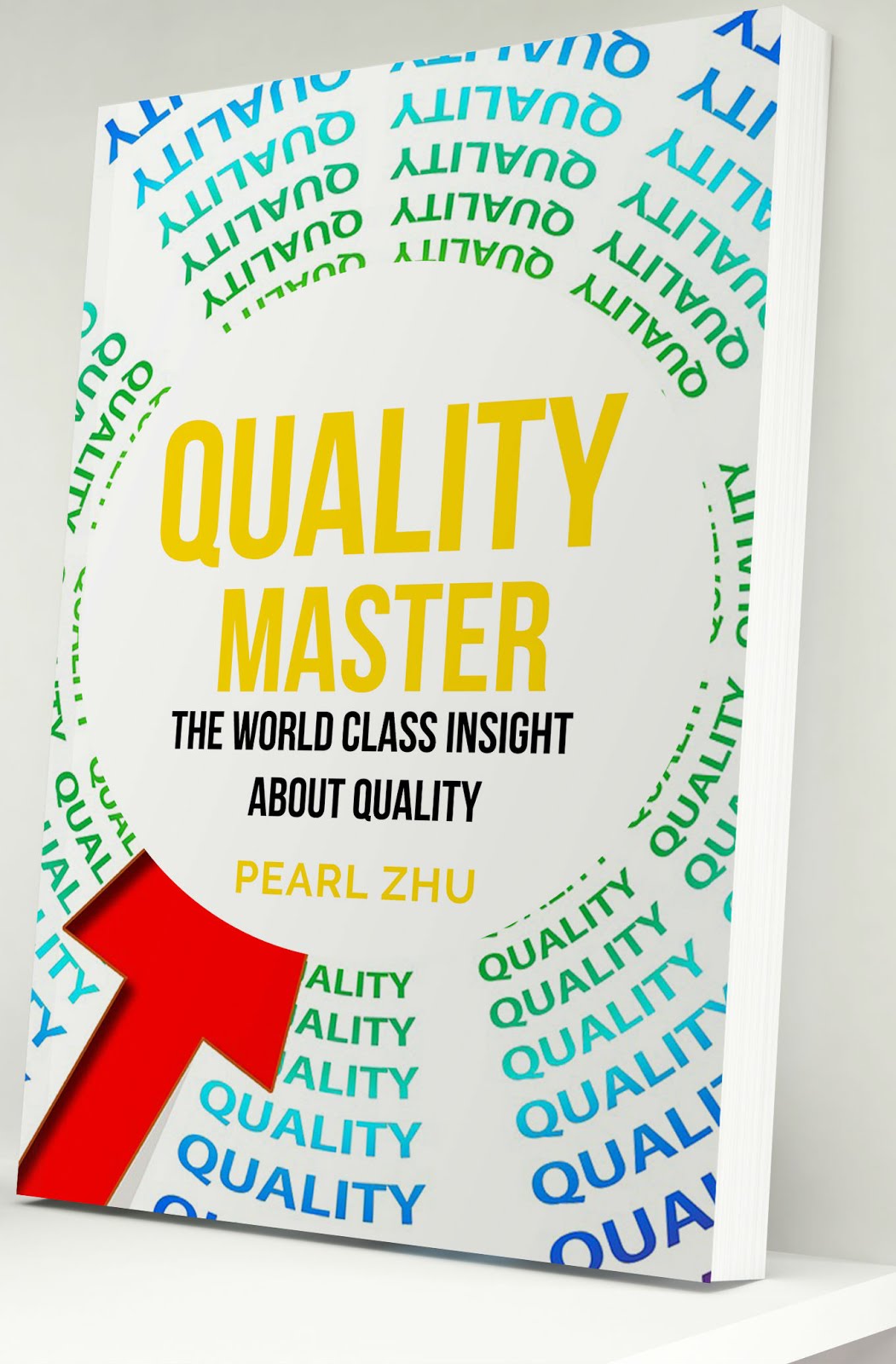




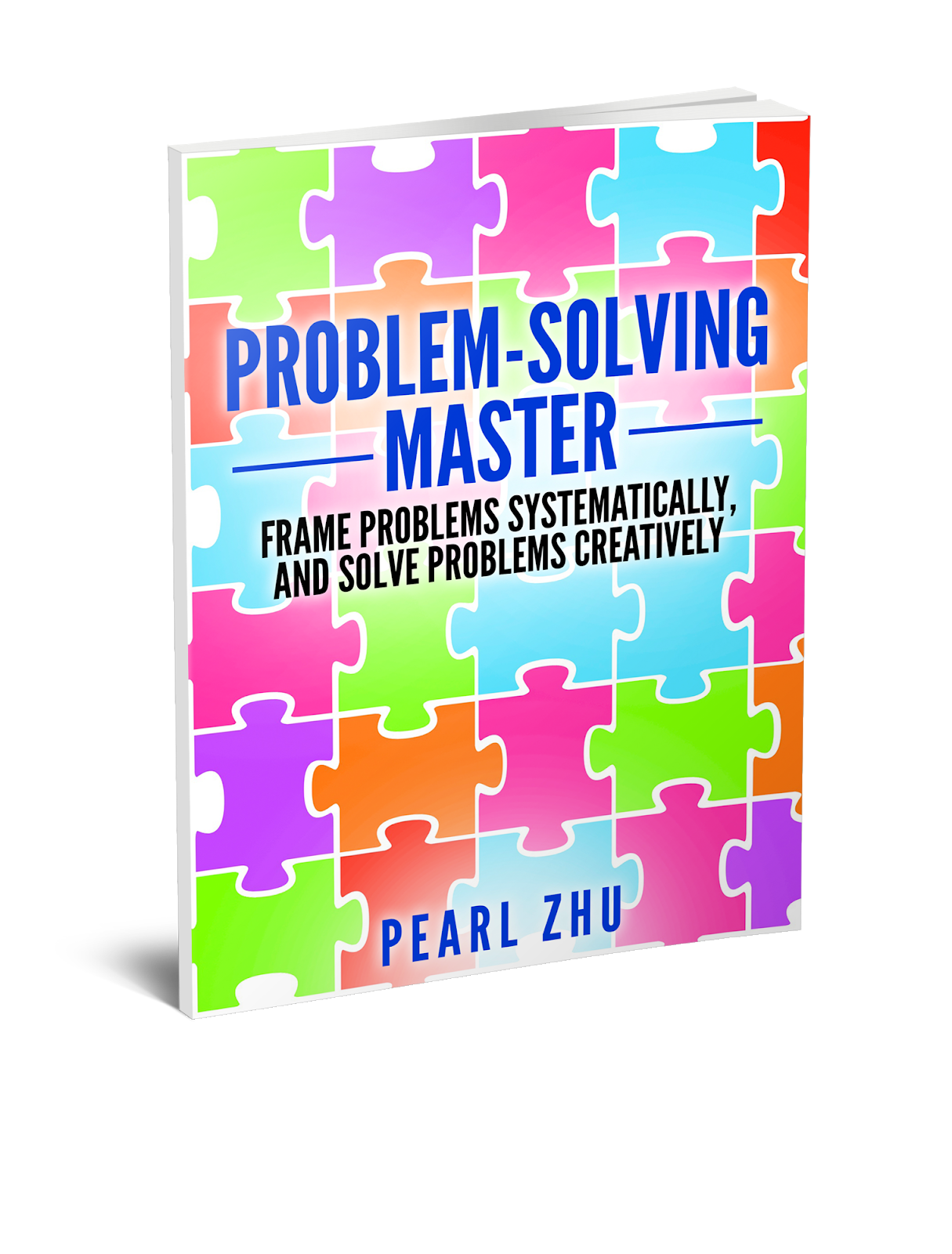





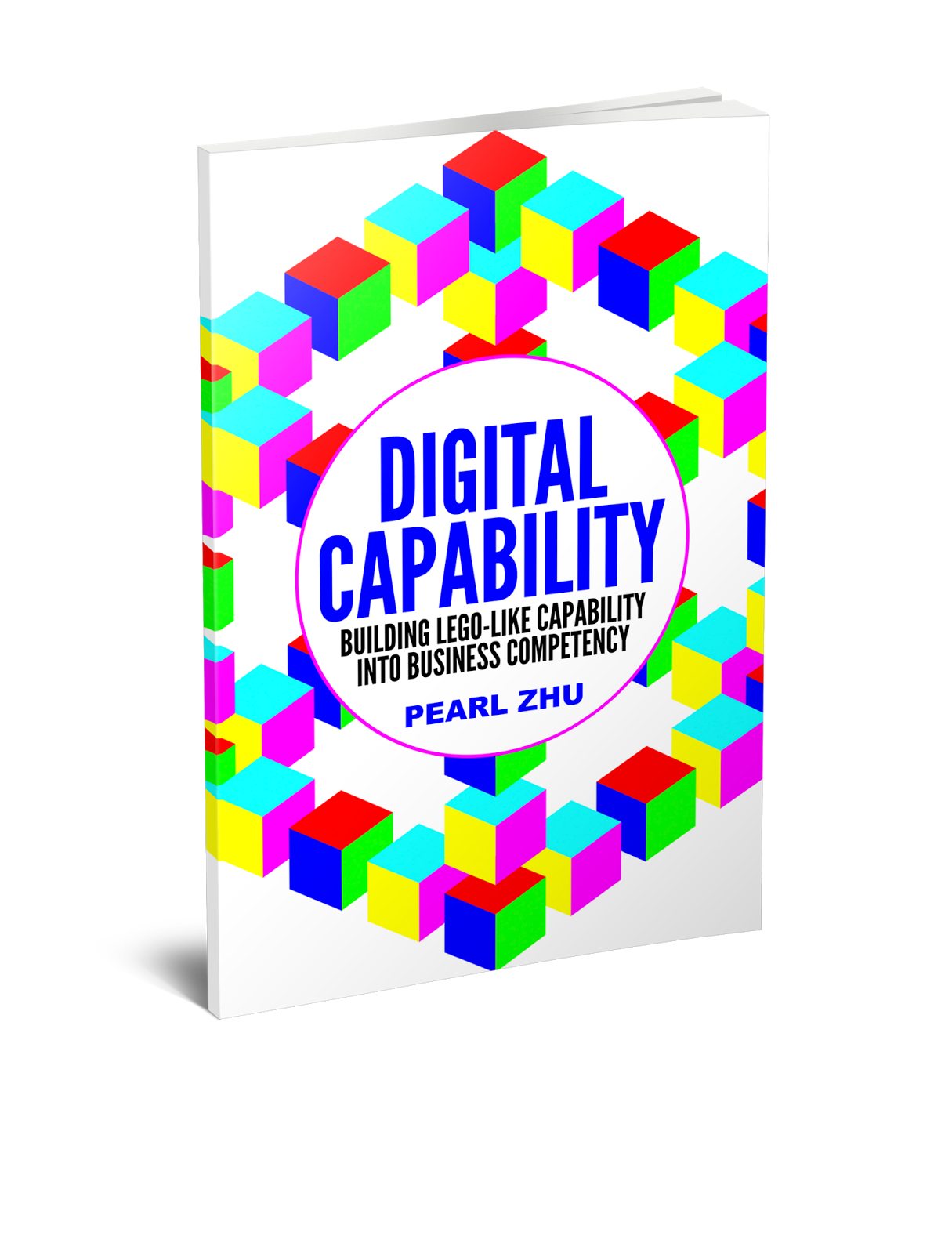


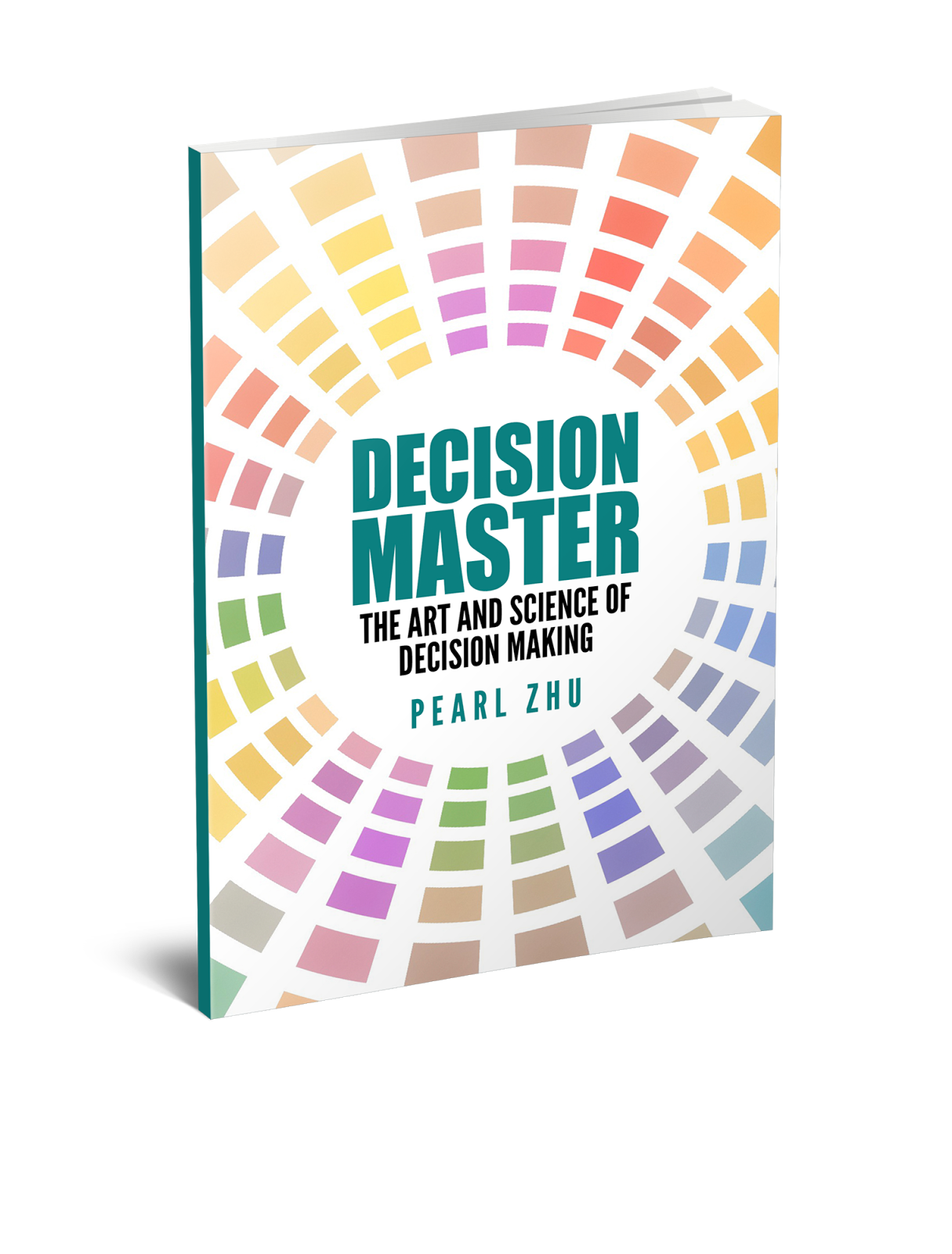

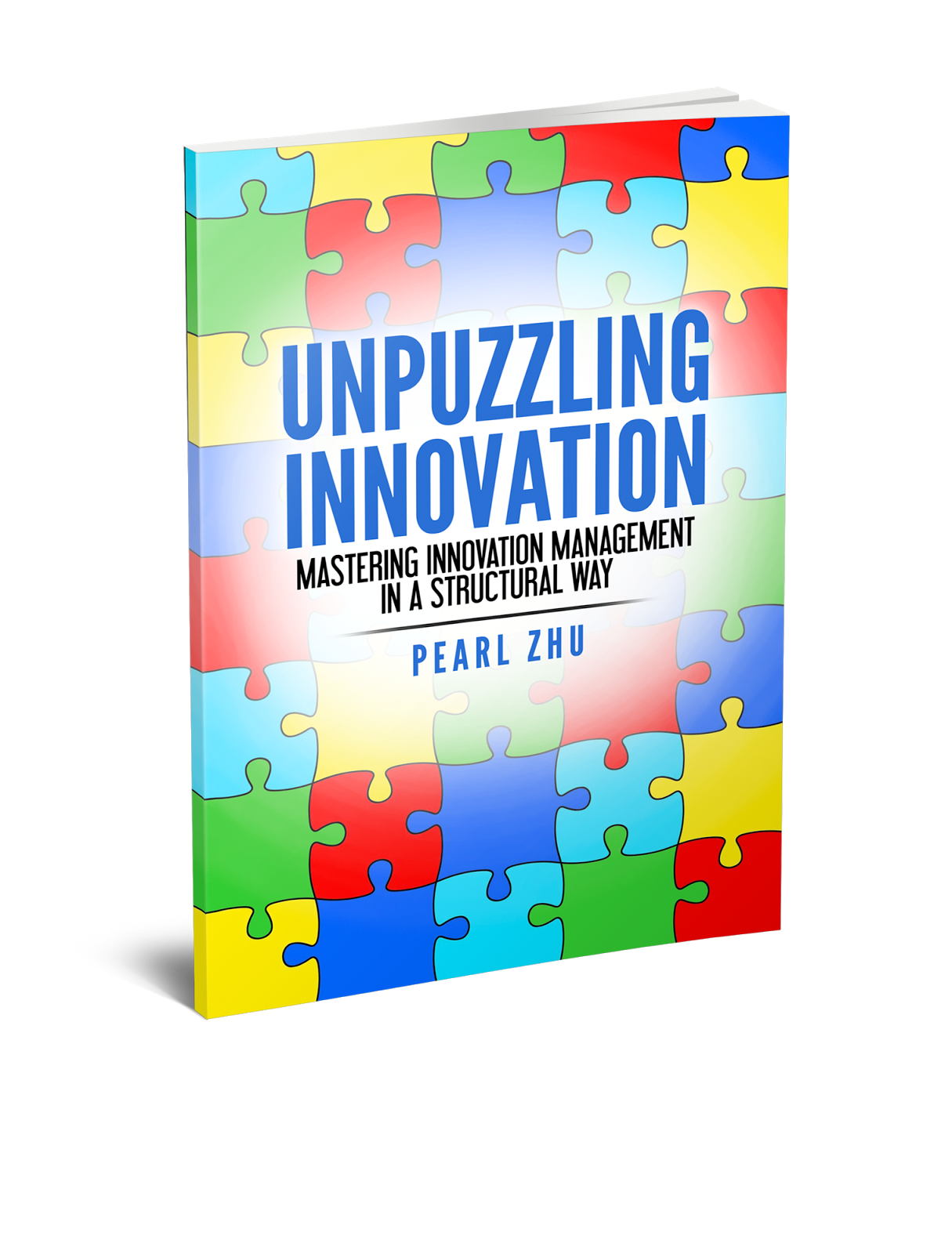
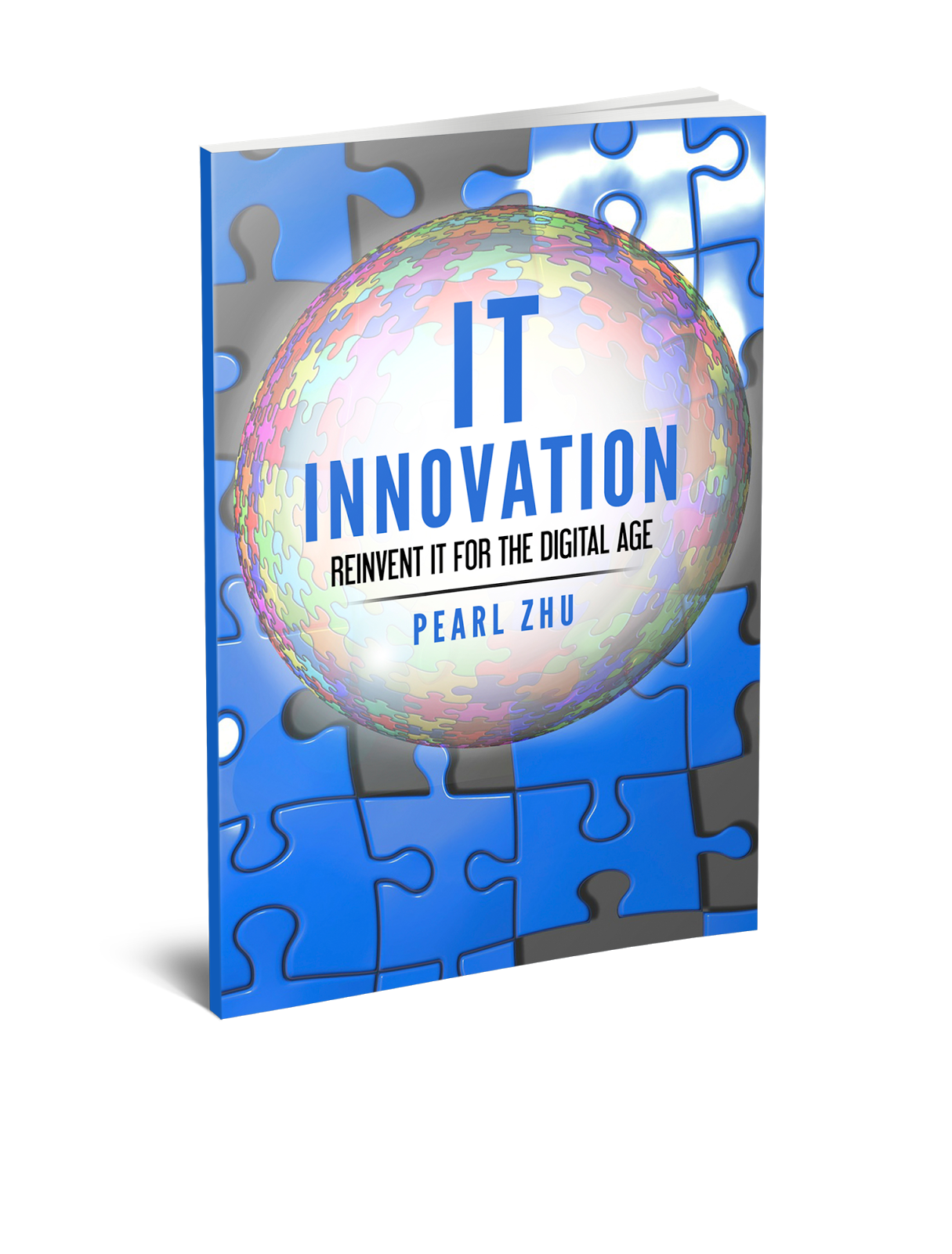









1 comments:
Concrete cleaning is an essential maintenance task that helps to preserve the appearance and longevity of concrete surfaces. When left unattended, concrete can accumulate dirt, grime, stains, and even mold and mildew, which not only detracts from its aesthetic appeal but can also lead to deterioration over time. Regular cleaning helps to remove these contaminants and prevent them from penetrating the surface, extending the lifespan of the concrete. By investing in regular concrete cleaning property owners can maintain clean, attractive, and durable concrete surfaces for years to come.
Post a Comment